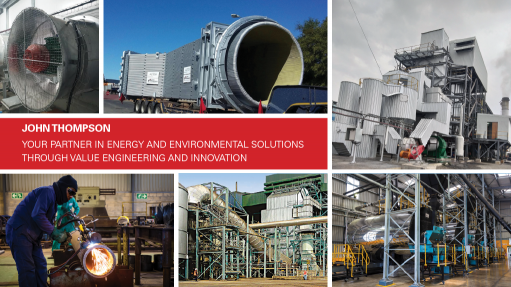Alberta cleans up 5% of inactive wells in 2023
The number of inactive oil and gas wells in Alberta, Canada's main fossil fuel-producing province, fell 5% in 2023 from a year earlier, showing progress in decommissioning and reclamation work, a regulatory report said on Thursday.
Alberta now has 79,000 wells classed as inactive versus 83 000 in 2022. Inactive wells no longer produce oil or gas and need to be permanently plugged and the land around them restored.
Canada is the world's fourth-largest oil producer and sixth-largest gas producer, and its western provinces are dotted with hundreds of thousands of active and inactive wells. Some of those wells are orphans, meaning the companies that owned them have gone bankrupt or ceased to exist.
Companies spent C$769-million ($548.23-million) directly on well closures. The Alberta government's Site Rehabilitation Program spent another C$174-million, and the industry-funded Orphan Well Association spent C$149-million.
"This year's data indicates the industry is making notable progress on cleaning up oil and gas wells, pipelines, and facilities," said Laurie Pushor, CEO of the Alberta Energy Regulator said in a statement.
"The report also shows ongoing attention and effort will be essential to keep the count of inactive wells moving downward."
Alberta's inactive well count grew 5% a year between 2000 and 2020 as the province's energy sector expanded rapidly. Environmental campaigners warned taxpayers could end up having to pay billions of dollars in well clean-up costs unless energy companies were held to account.
The AER introduced a mandatory closure spending quota in 2022, requiring industry to spend collectively on closure and cleanup work. This year the quota was C$700-million, meaning companies' spending exceeded that by about 10%.
The regulator said 91% of companies holding well licenses in Alberta complied with their spending quota, leaving 54 companies collectively owing about C$5-million.
This included Sunshine Oilsands, which last month was ordered to suspend operations by the AER due to non-compliance with environmental and public safety rules.
Article Enquiry
Email Article
Save Article
Feedback
To advertise email advertising@creamermedia.co.za or click here
Comments
Press Office
Announcements
What's On
Subscribe to improve your user experience...
Option 1 (equivalent of R125 a month):
Receive a weekly copy of Creamer Media's Engineering News & Mining Weekly magazine
(print copy for those in South Africa and e-magazine for those outside of South Africa)
Receive daily email newsletters
Access to full search results
Access archive of magazine back copies
Access to Projects in Progress
Access to ONE Research Report of your choice in PDF format
Option 2 (equivalent of R375 a month):
All benefits from Option 1
PLUS
Access to Creamer Media's Research Channel Africa for ALL Research Reports, in PDF format, on various industrial and mining sectors
including Electricity; Water; Energy Transition; Hydrogen; Roads, Rail and Ports; Coal; Gold; Platinum; Battery Metals; etc.
Already a subscriber?
Forgotten your password?
Receive weekly copy of Creamer Media's Engineering News & Mining Weekly magazine (print copy for those in South Africa and e-magazine for those outside of South Africa)
➕
Recieve daily email newsletters
➕
Access to full search results
➕
Access archive of magazine back copies
➕
Access to Projects in Progress
➕
Access to ONE Research Report of your choice in PDF format
RESEARCH CHANNEL AFRICA
R4500 (equivalent of R375 a month)
SUBSCRIBEAll benefits from Option 1
➕
Access to Creamer Media's Research Channel Africa for ALL Research Reports on various industrial and mining sectors, in PDF format, including on:
Electricity
➕
Water
➕
Energy Transition
➕
Hydrogen
➕
Roads, Rail and Ports
➕
Coal
➕
Gold
➕
Platinum
➕
Battery Metals
➕
etc.
Receive all benefits from Option 1 or Option 2 delivered to numerous people at your company
➕
Multiple User names and Passwords for simultaneous log-ins
➕
Intranet integration access to all in your organisation


















